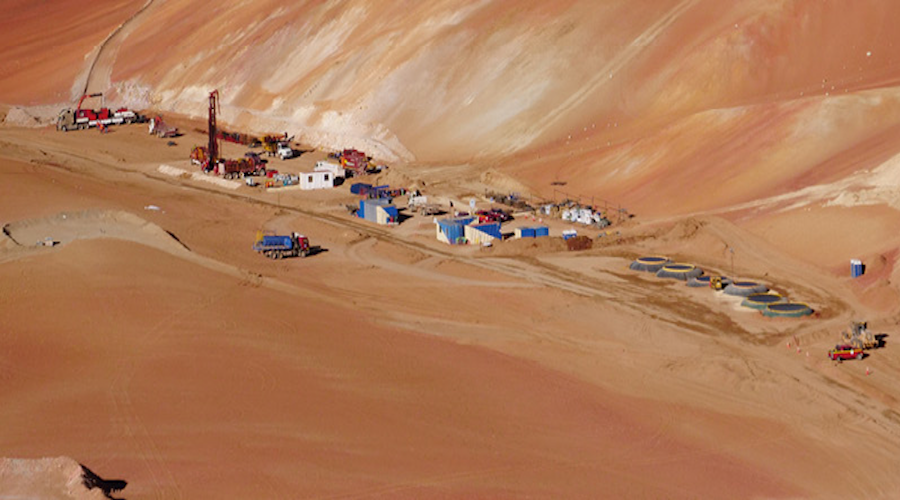Chinchillas prevent Gold Fields from accessing 3.5 million gold ounces
Gold Fields’ EIA for the Salares Norte gold-silver project proposes relocating the endangered rodents about 4km away from the site.
Gold Fields’ environmental license for the gold-silver project depended on finding a way to move chinchillas. The Environmental Impact Assessment (EIA) for Salares Norte, approved in December last year, included a proposal to relocate the rodents about 4km from the site.
Started in August, Gold Fields’ conservation operation is scheduled to last nine months. The company has invested $400,000 to date in the project, including various population surveys using satellite technology to ensure chinchilla survival.
“We use a trap that is baited inside and closes when the chinchilla enters,” Luis Ortega, a Chilean environmental manager who oversees the rodent removal, told Undark.org. “The entire process must be carried out for each of the nine rocky areas where the animals will be removed during the construction of the mine.”
Multiple rescue attempts
The government approved process contemplates a minimum of two attempts to capture specimens on each rocky area, each lasting 10 days. If the task is unsuccessful, the operation must be suspended for 20 days before it is tried again, to minimize disturbance.
According to Gold Fields’ figures, the Salares Norte project’ mineral reserves are estimated to be 3.5 million ounces of gold and 39 million ounces of silver, equating to gold equivalent reserves of 4.1 million ounces.

The project has a current 10-year life-of-mine, or 11.5 years if inferred resources are considered. Construction was originally scheduled to start in the last quarter of 2020, with first production in Q1 2023. Coronavirus-related restrictions, however, have affected the timeline.
Chile’s gold production peaked in 2000 at 54.1 tonnes, data from the country’s copper commission, Cochilco, shows. The nation, the No.1 copper producer and second largest lithium producer after Australia, currently ranks 25th in the world when it comes to the yellow metal, according to the World Gold Council.




